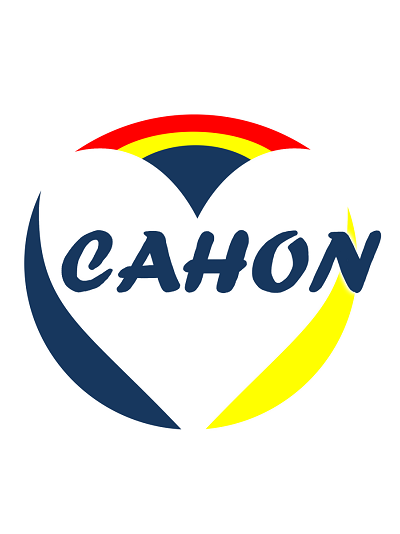通用嵌合抗原受体T细胞治疗的最新进展
IF 40.4
1区 医学
Q1 HEMATOLOGY
引用次数: 0
摘要
虽然嵌合抗原受体(CAR) T细胞治疗对血液系统恶性肿瘤非常有效,但其广泛使用受到复杂的患者特异性制造的限制。来自异体供体的通用CAR-T细胞(UCAR-T)提供了一个潜在的“现成”解决方案。然而,它们的临床转化取决于克服两个关键的免疫障碍:移植物抗宿主病(GvHD)和宿主抗移植物排斥反应(HvGR),这两个免疫障碍会损害安全性和治疗持久性。本文综述了UCAR-T细胞工程的最新进展以及旨在提高安全性和有效性的临床策略。我们讨论了基因编辑技术-如CRISPR/Cas9和碱基编辑器-用于通过消融T细胞受体(TCR)来预防GvHD和通过破坏人类白细胞抗原(HLA)表达来逃避HvGR。我们还探索了从具有低内在同种异体反应性的替代细胞来源(如γδ T细胞)开发UCAR-T产品。此外,我们从增强内在功能、重塑肿瘤微环境(TME)和克服肿瘤异质性的角度,详细介绍了增强UCAR-T细胞功能和持久性的多方面方法。最后,我们分析了最近的临床试验结果,这些结果显示在血液系统恶性肿瘤中有希望的疗效,但强调了实体肿瘤的持续挑战。将复杂的细胞工程与创新的临床策略(如增强淋巴细胞清除、联合治疗和替代给药途径)持续整合,将是实现UCAR-T作为一种广泛可及和有效的细胞治疗的全部潜力的必要条件。本文章由计算机程序翻译,如有差异,请以英文原文为准。
Recent advances in universal chimeric antigen receptor T cell therapy
While chimeric antigen receptor (CAR) T cell therapy is highly effective for hematological malignancies, its widespread use is limited by complex, patient-specific manufacturing. Universal CAR-T (UCAR-T) cells, derived from allogeneic donors, offer a potential "off-the-shelf" solution. However, their clinical translation hinges on overcoming two key immunological barriers: graft-versus-host disease (GvHD) and host-versus-graft rejection (HvGR), which compromise safety and therapeutic persistence. This review summarizes recent advances in UCAR-T cell engineering and clinical strategies designed to improve both safety and efficacy. We discuss gene-editing technologies—such as CRISPR/Cas9 and base editors—used to prevent GvHD by ablating the T cell receptor (TCR) and to evade HvGR by disrupting human leukocyte antigen (HLA) expression. We also explore the development of UCAR-T products from alternative cell sources with low intrinsic alloreactivity, such as γδ T cells. Furthermore, we detail multifaceted approaches to augment UCAR-T cell function and persistence, from the perspectives of enhancing intrinsic functions, reshaping the tumor microenvironment (TME) and overcoming tumor heterogeneity. Finally, we analyze recent clinical trial outcomes, which show promising efficacy in hematological malignancies but highlight ongoing challenges in solid tumors. The continued integration of sophisticated cellular engineering with innovative clinical strategies—such as enhanced lymphodepletion, combination therapies, and alternative administration routes—will be essential to realize the full potential of UCAR-T as a widely accessible and potent cell therapy.
求助全文
通过发布文献求助,成功后即可免费获取论文全文。
去求助
来源期刊
CiteScore
48.10
自引率
2.10%
发文量
169
审稿时长
6-12 weeks
期刊介绍:
The Journal of Hematology & Oncology, an open-access journal, publishes high-quality research covering all aspects of hematology and oncology, including reviews and research highlights on "hot topics" by leading experts.
Given the close relationship and rapid evolution of hematology and oncology, the journal aims to meet the demand for a dedicated platform for publishing discoveries from both fields. It serves as an international platform for sharing laboratory and clinical findings among laboratory scientists, physician scientists, hematologists, and oncologists in an open-access format. With a rapid turnaround time from submission to publication, the journal facilitates real-time sharing of knowledge and new successes.

 求助内容:
求助内容: 应助结果提醒方式:
应助结果提醒方式:


